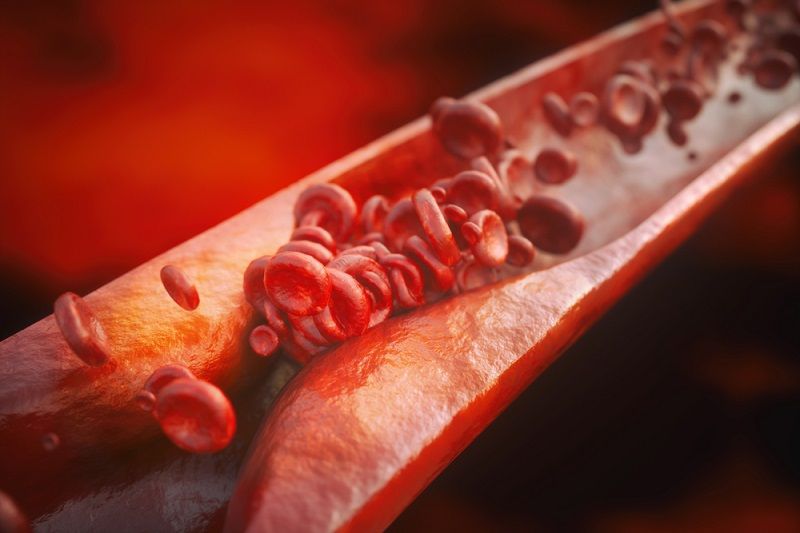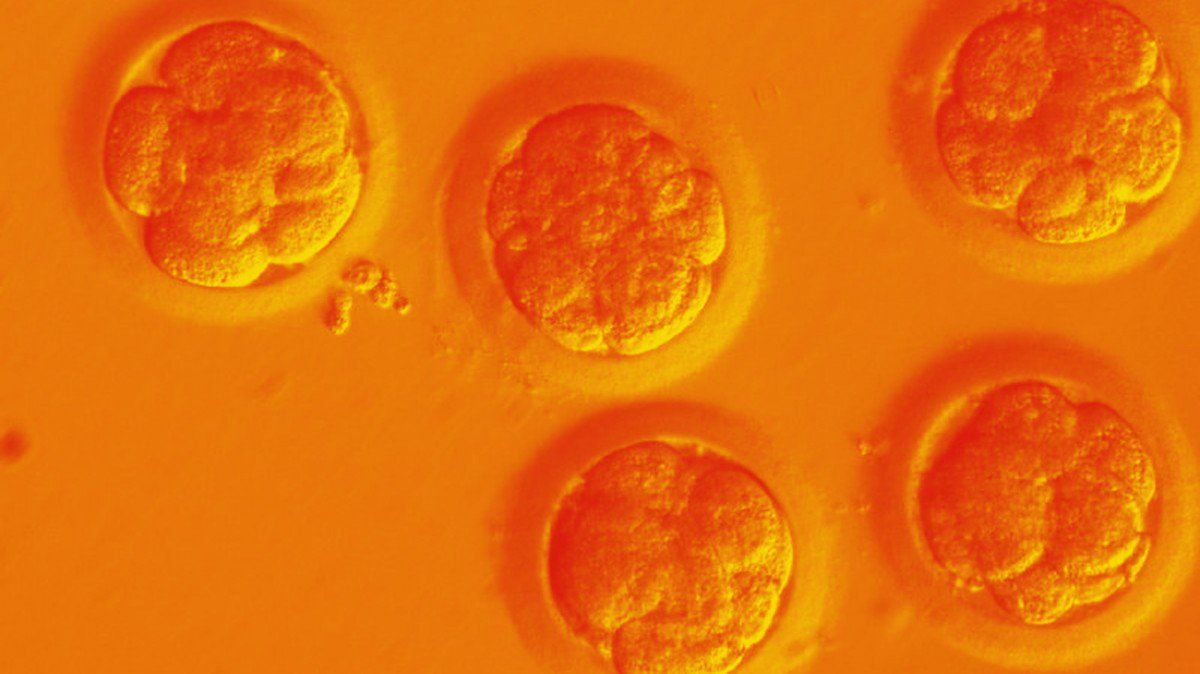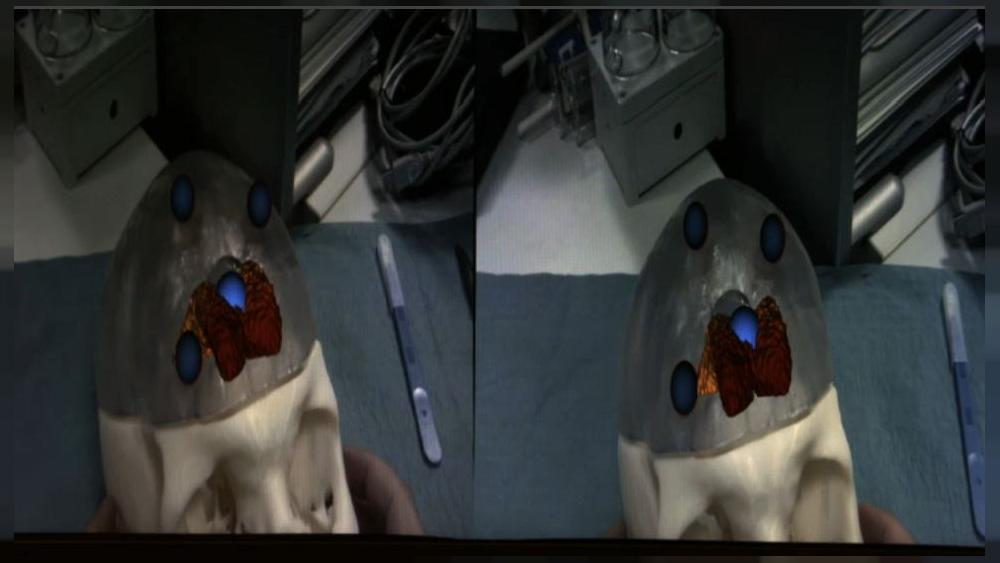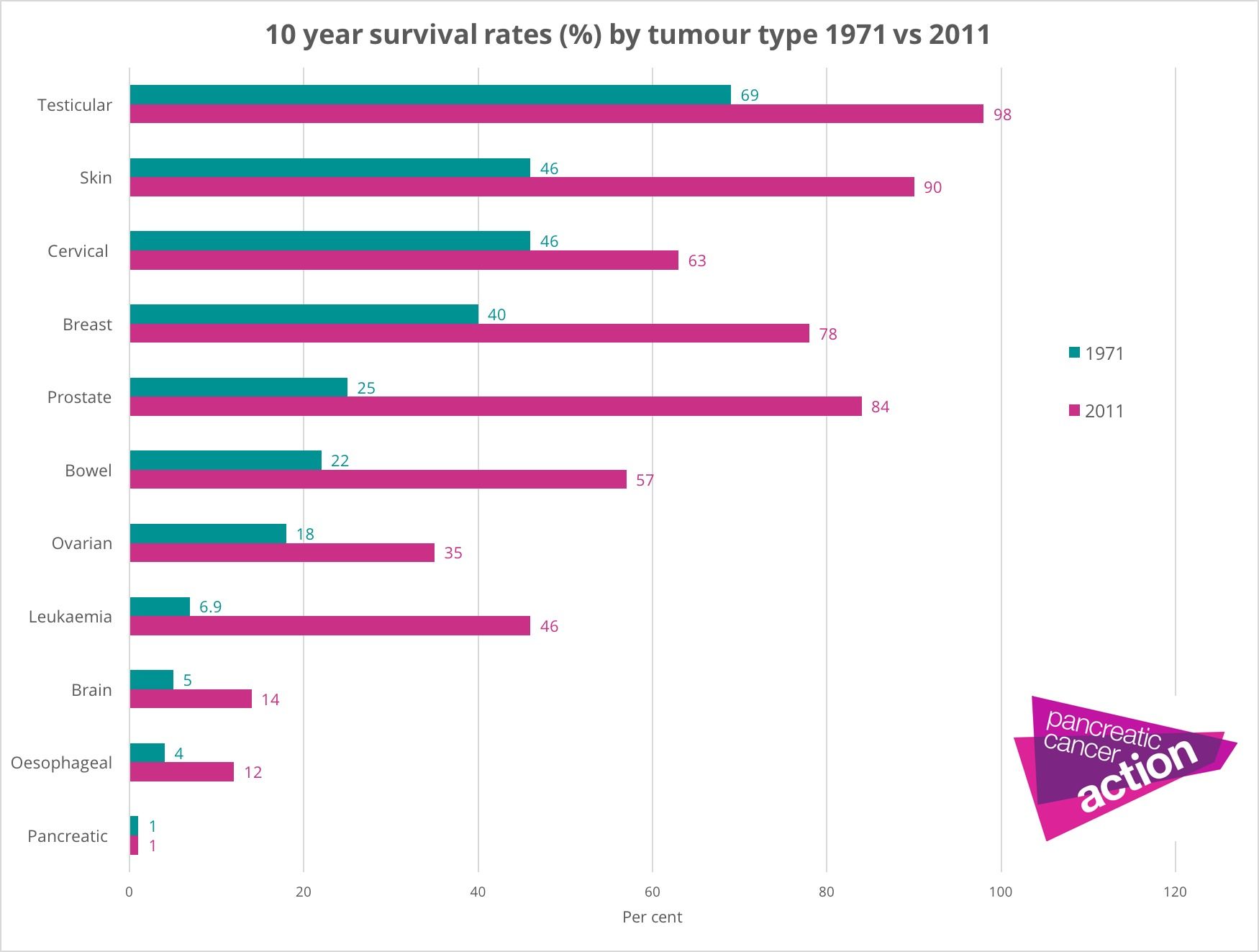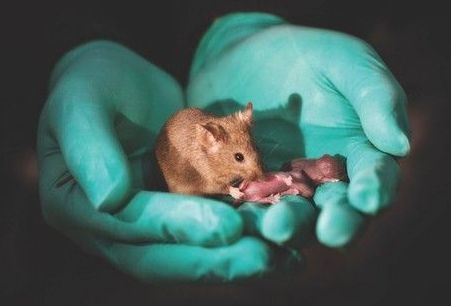Today, we want to highlight a study that shows the link between atherosclerosis and the age-related shrinking of the thymus, which is arguably the most important organ of the immune system [1].
The adaptive and innate immune systems and atherosclerosis
The thymus is essentially like an army base where new T cells develop and are trained to become the soldiers of the adaptive immune system. However, as we age, the thymus shrinks, its ability to train new T cells declines, and the immune cell-producing tissue turns to fat and slowly wastes away; this process is known as thymic involution.
